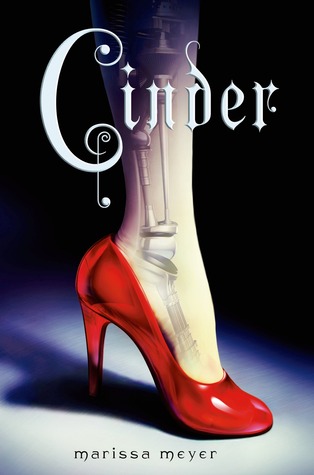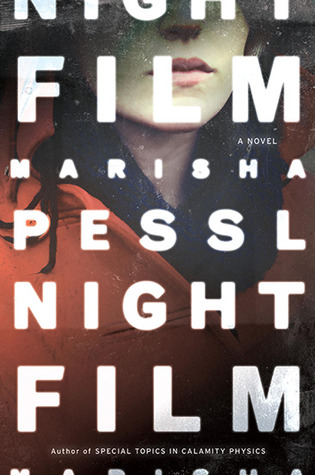My introduction to writer Matthew Quick was through The Silver Linings Playbook, the Oscar
Award-winning movie based on Quick’s novel of the same name. I knew the movie
was an adaptation of the book, but I didn’t know Matthew Quick, or any of his
work. The cover of Forgive Me, Leonard
Peacock comes with a blurb that identifies Quick as the author of Silver Linings Playbook, and I was so
incredibly excited for that connection. I recently saw Quick speak on a panel
about “grit lit” along with Matt de la Pena, and had the opportunity to pick up
his books. Forgive Me, Leonard Peacock
has made my list of favorite books this year. I read it in one sitting, and did
not want to put it down at any point in the story. It is that compelling,
engaging, and beautifully written, and I wanted to start it again after closing
the back cover.
On the morning of his eighteenth birthday, Leonard Peacock
wraps his grandfather’s P-38 Nazi handgun in pink wrapping paper and puts it in
his backpack. He is taking it to school with the intention of killing Asher
Beal, the guy who used to be his best friend. He carries several other presents
in his backpack, too, in order to pass them out to a few individuals in his
life: the older man named Walt who lives next door (they watch Humphrey Bogart
movies together), Baback (who plays the violin every day at lunch and lets
Leonard listen at the back of the auditorium), his teacher Herr Silverman (who
teaches a history class about the Holocaust), and a teenage girl who passes out
religious propaganda. The format of the book is mostly concerned with Leonard’s
day, but intricate footnotes appear on almost every page, as well as “letters
from the future” that are addressed to Leonard from who he imagines as his
future wife, daughter, and friend.
Leonard’s depression is tactile and devastating, and even
though he jokes about his day and his intention, the reality of his mental
state is never far from the surface. The day that Leonard details is actually
his eighteenth birthday, and the repercussions from the fact that everyone has
forgotten about it are much more realistic here than in something like Sixteen Candles. Leonard is truly alone
in his small world, and he does not have any intention of going gently into
adulthood. Killing Asher Beal will be, for him, a murder-suicide. Leonard
reveals how he used to take days off of school to put on a suit and carry a
briefcase onto the train, following unsuspecting adults and trying to find one
who was happy with their life. He can’t identify even one, and his “practice-adulthood
days” only contribute to his depression.
The moments where Leonard identifies small truths about high
school on his last day there are some of the most brilliant in the novel.
Leonard knows Hamlet and Macbeth inside and out, and quotes Macbeth in a footnote. He says, “I
gleaned that little nugget of anti-life-affirming wisdom from last year’s
English class, when I had to memorize Macbeth’s soliloquy. Public school can be
a real shot of lithium, let me tell you. It’s crazy the pessimistic shit we’re
made to memorize in school and then carry around in our skulls for the rest of
our lives.” Herr Silverman, the only teacher at Leonard’s school who actually
sees and believes in his students, is one of the highlights of the book, and
his conversations with Leonard show off some of Quick’s best and most affecting
writing.
Forgive Me, Leonard Peacock was one of the best books I’ve read this year, with exceptional writing and a story that stands head and shoulders above so many others. I have a few of Quick’s other books to read next, but I also know that this one will certainly get a second or third read. It’s certainly a story that sticks around well after the book is over.
Forgive Me, Leonard Peacock was one of the best books I’ve read this year, with exceptional writing and a story that stands head and shoulders above so many others. I have a few of Quick’s other books to read next, but I also know that this one will certainly get a second or third read. It’s certainly a story that sticks around well after the book is over.











